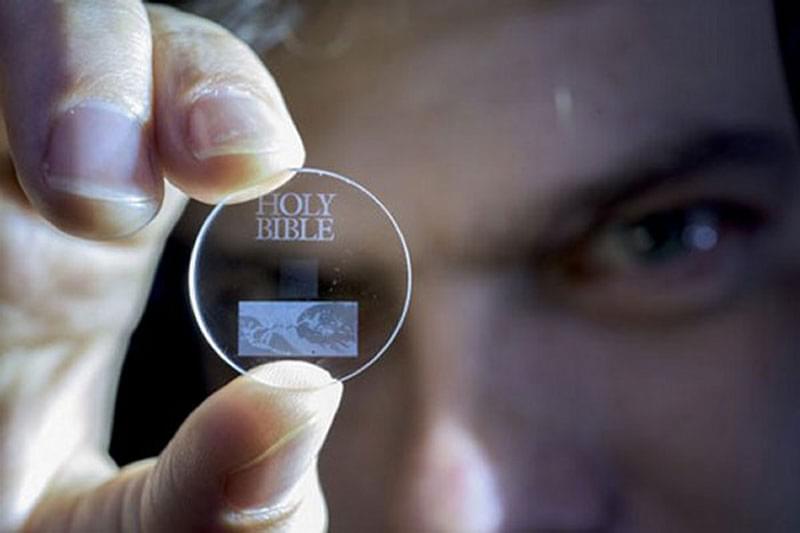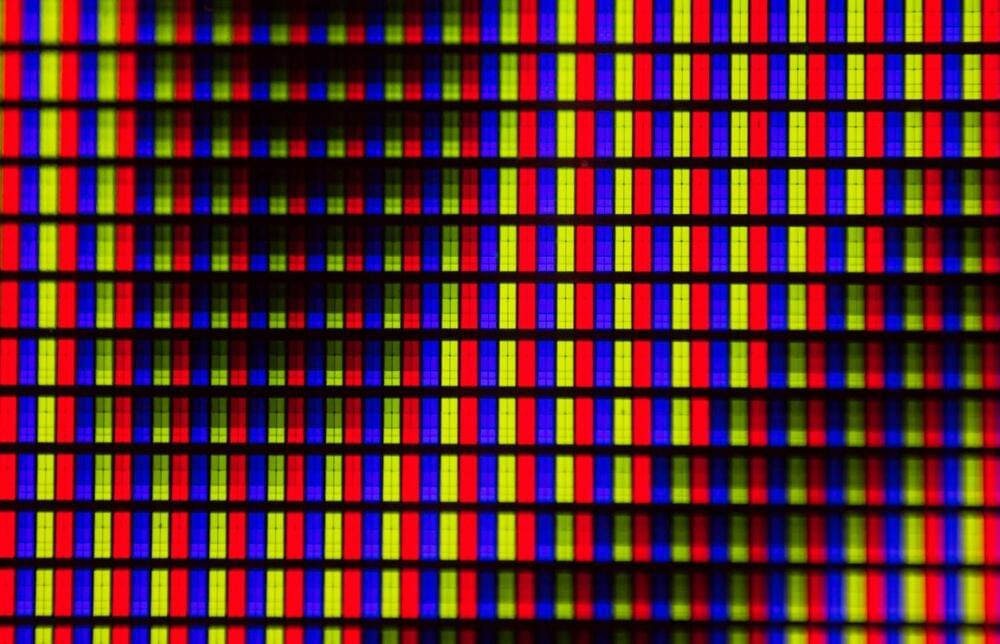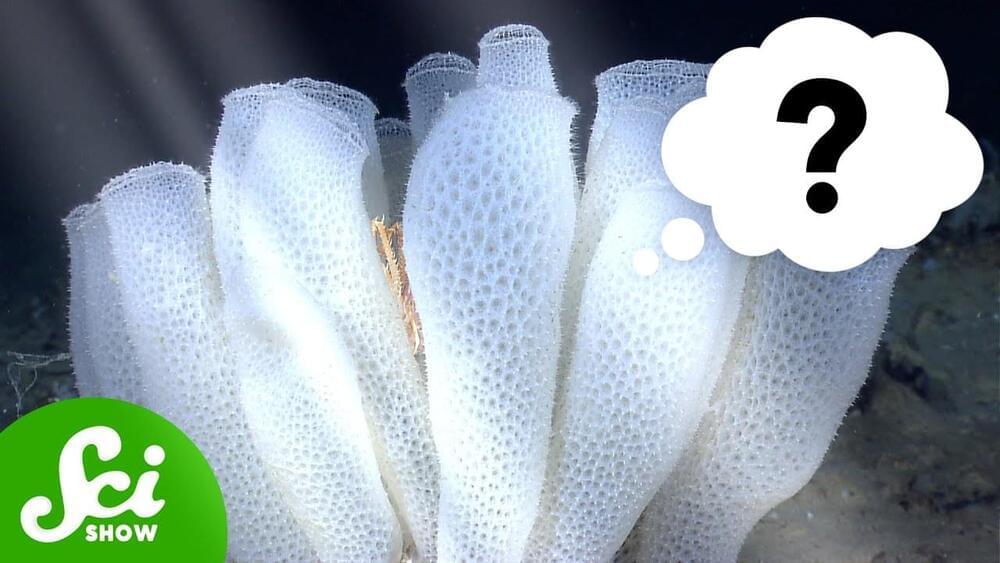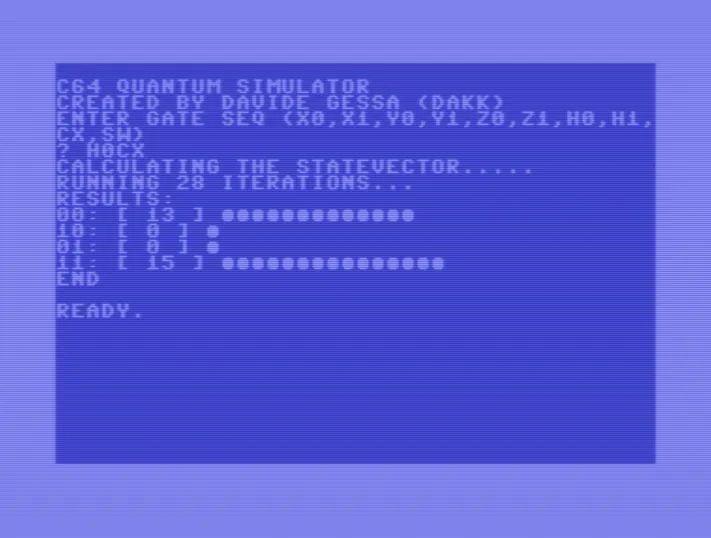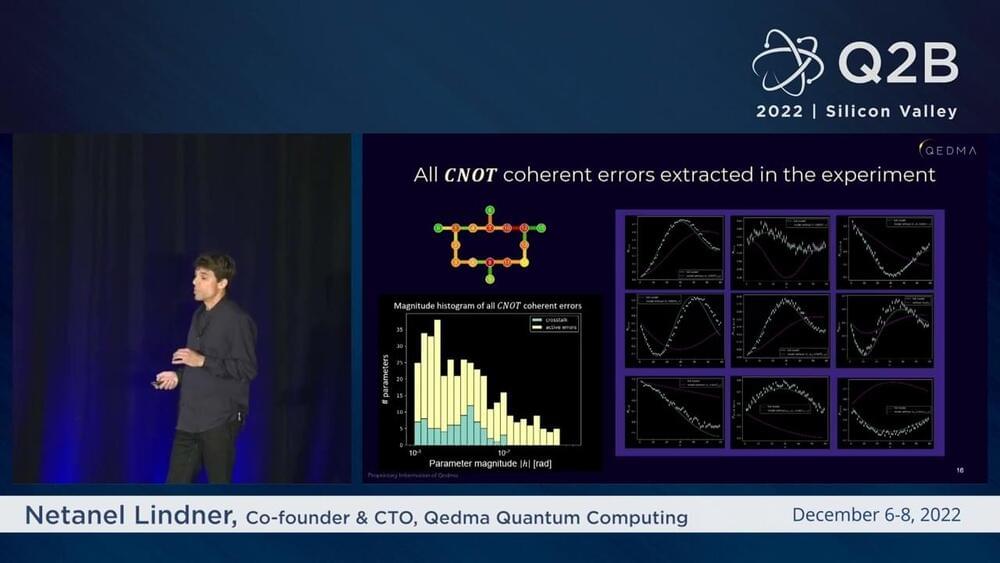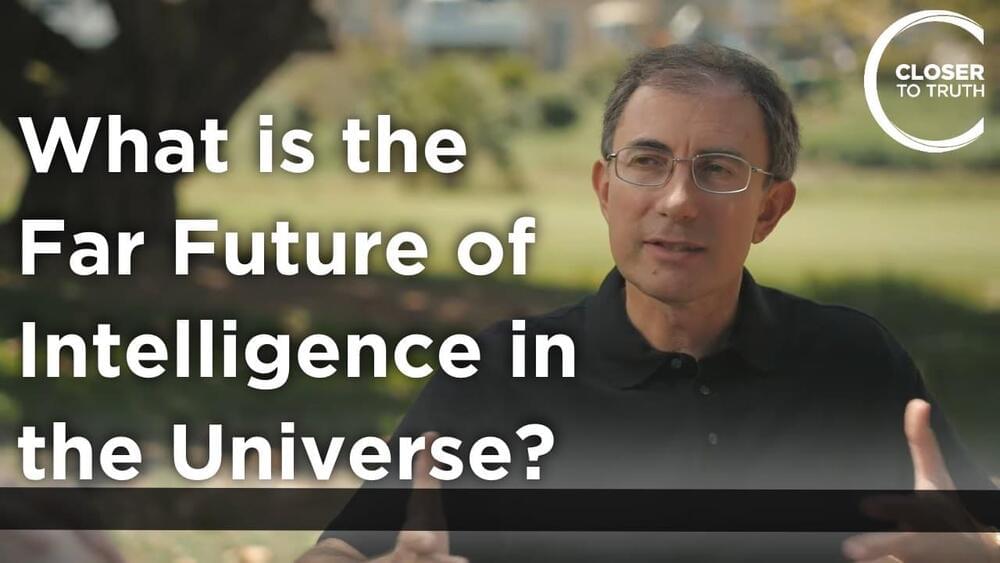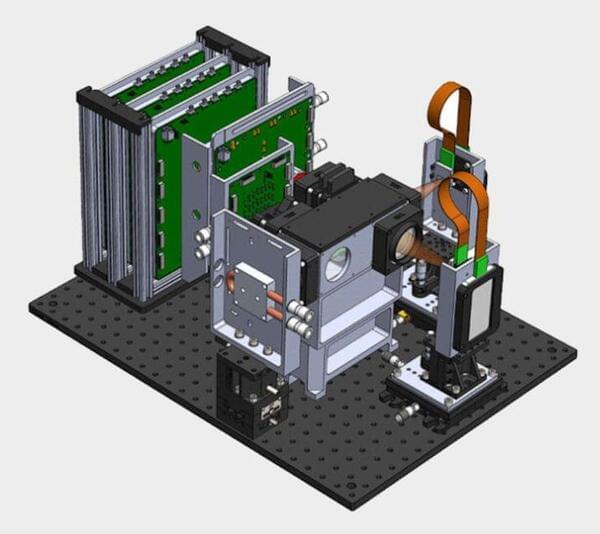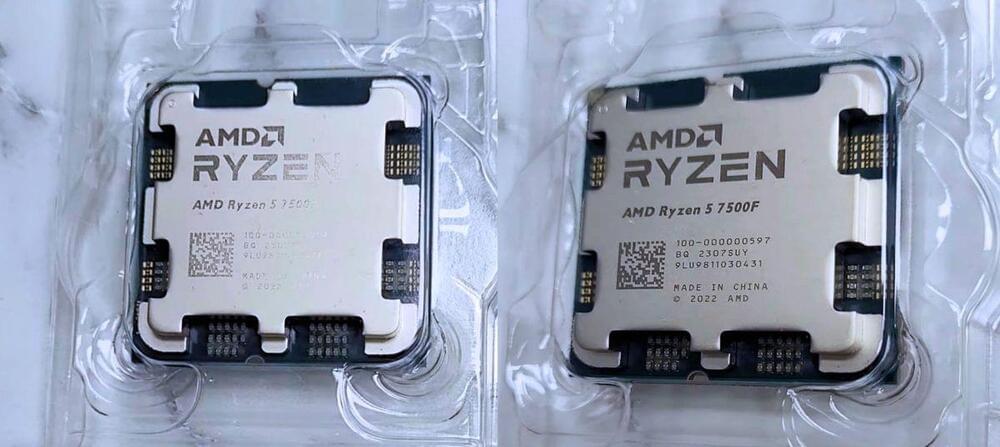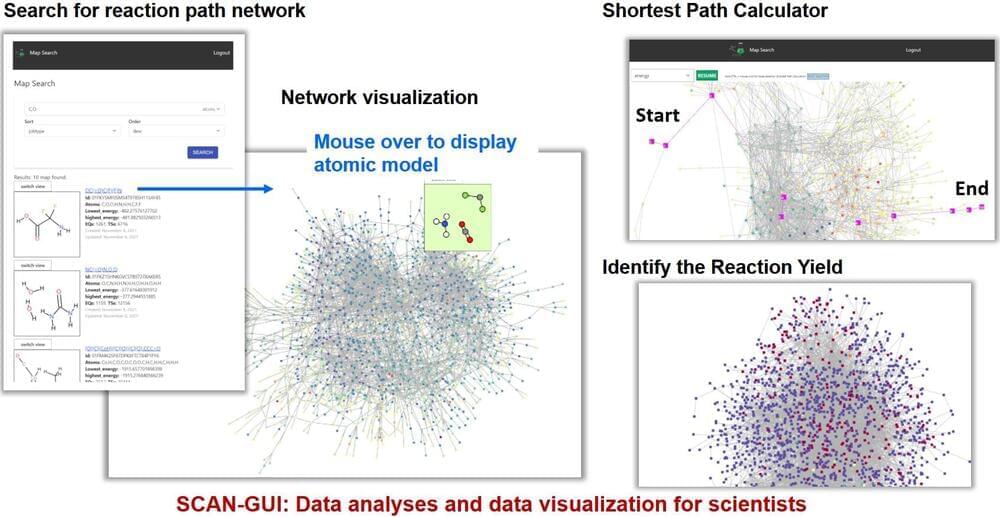Jul 6, 2023
These 360 TB Discs Will Last for 13.8 Billion Years
Posted by Shailesh Prasad in categories: computing, nanotechnology
Using nanostructured glass, scientists from the University of Southampton’s Optoelectronics Research Centre (ORC) have developed the recording and retrieval processes of five dimensional (5D) digital data by femtosecond laser writing.
The storage allows unprecedented properties including 360 TB/disc data capacity, thermal stability up to 1,000°C and virtually unlimited lifetime at room temperature (13.8 billion years at 190°C) opening a new era of eternal data archiving. [source].
